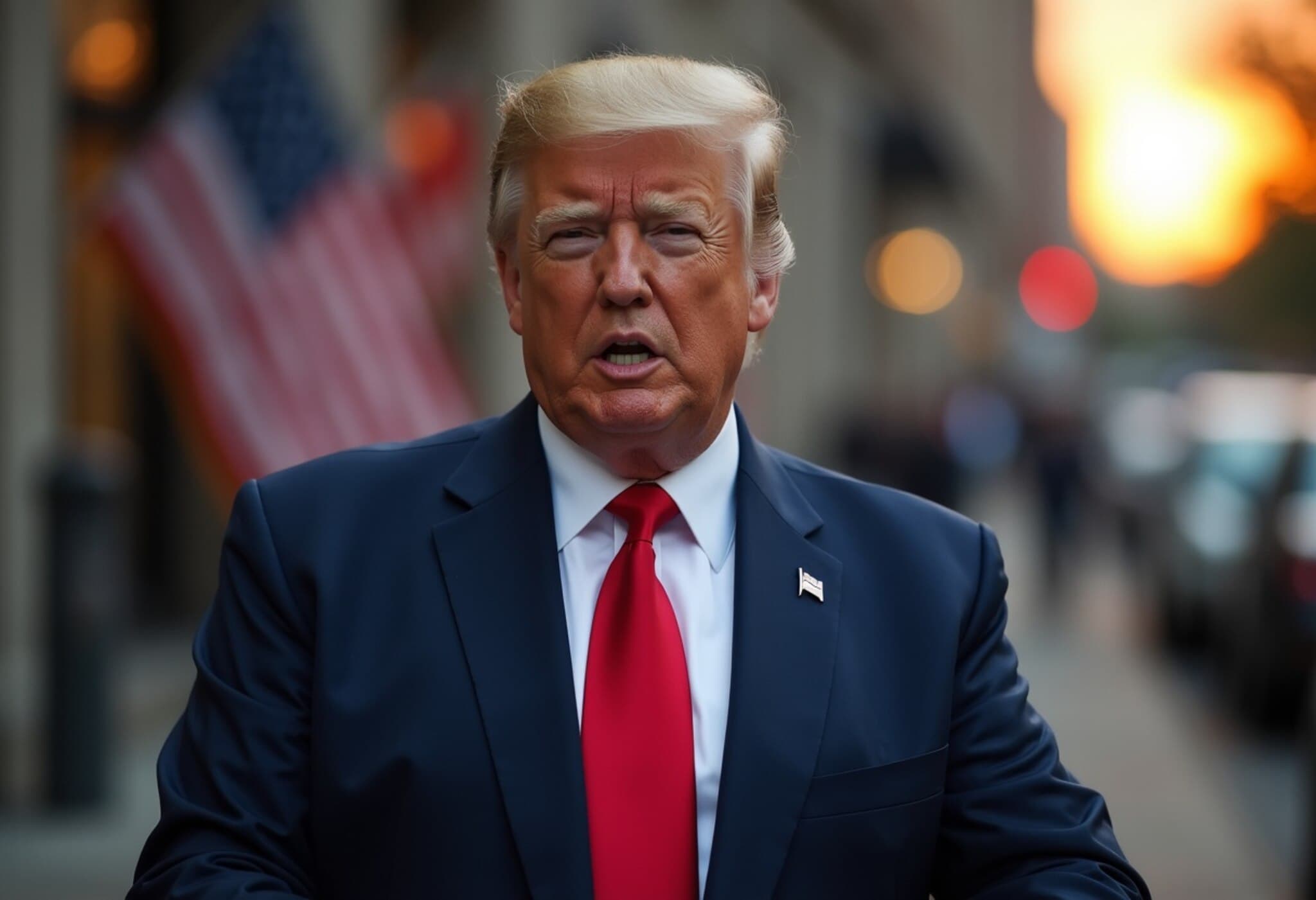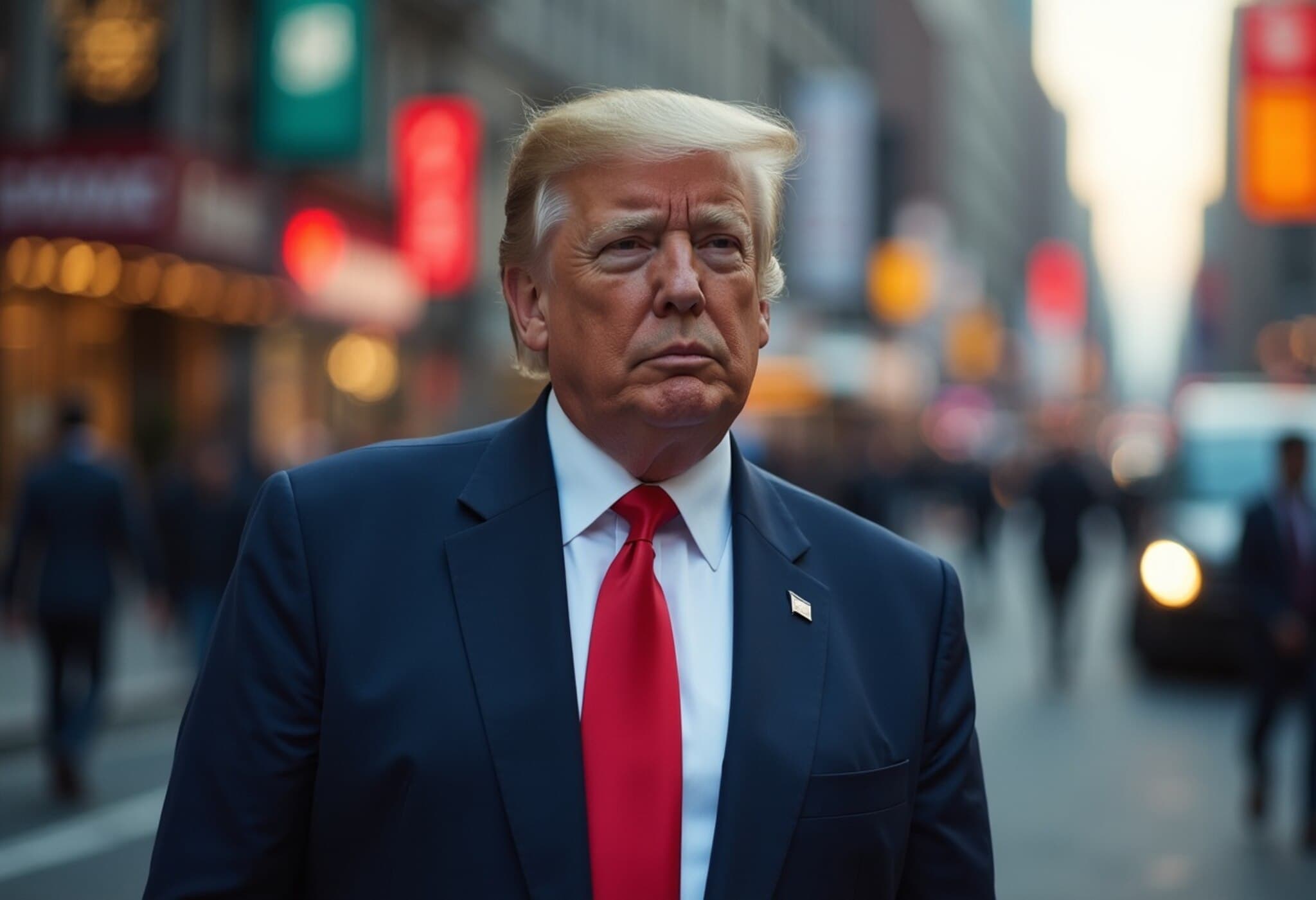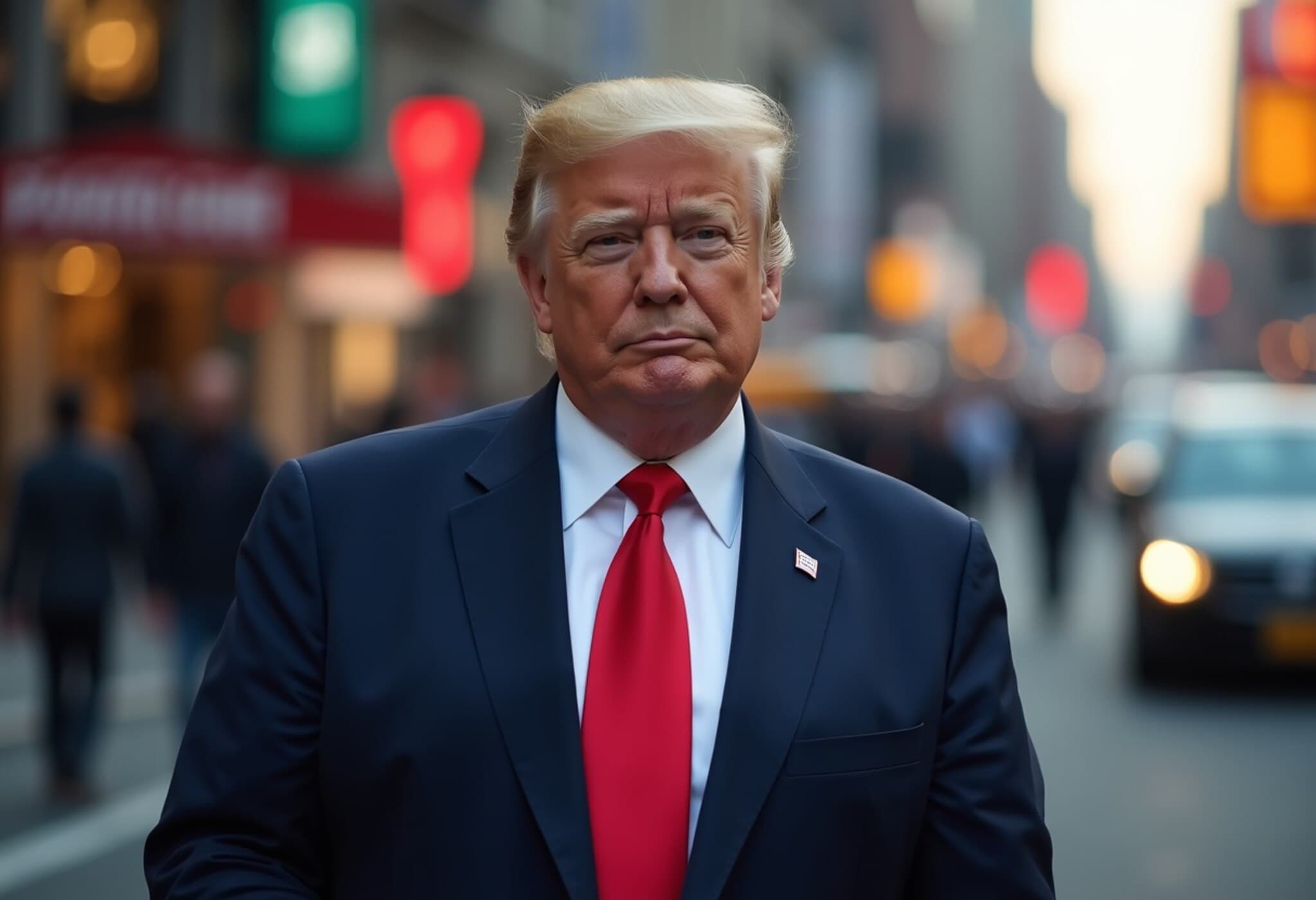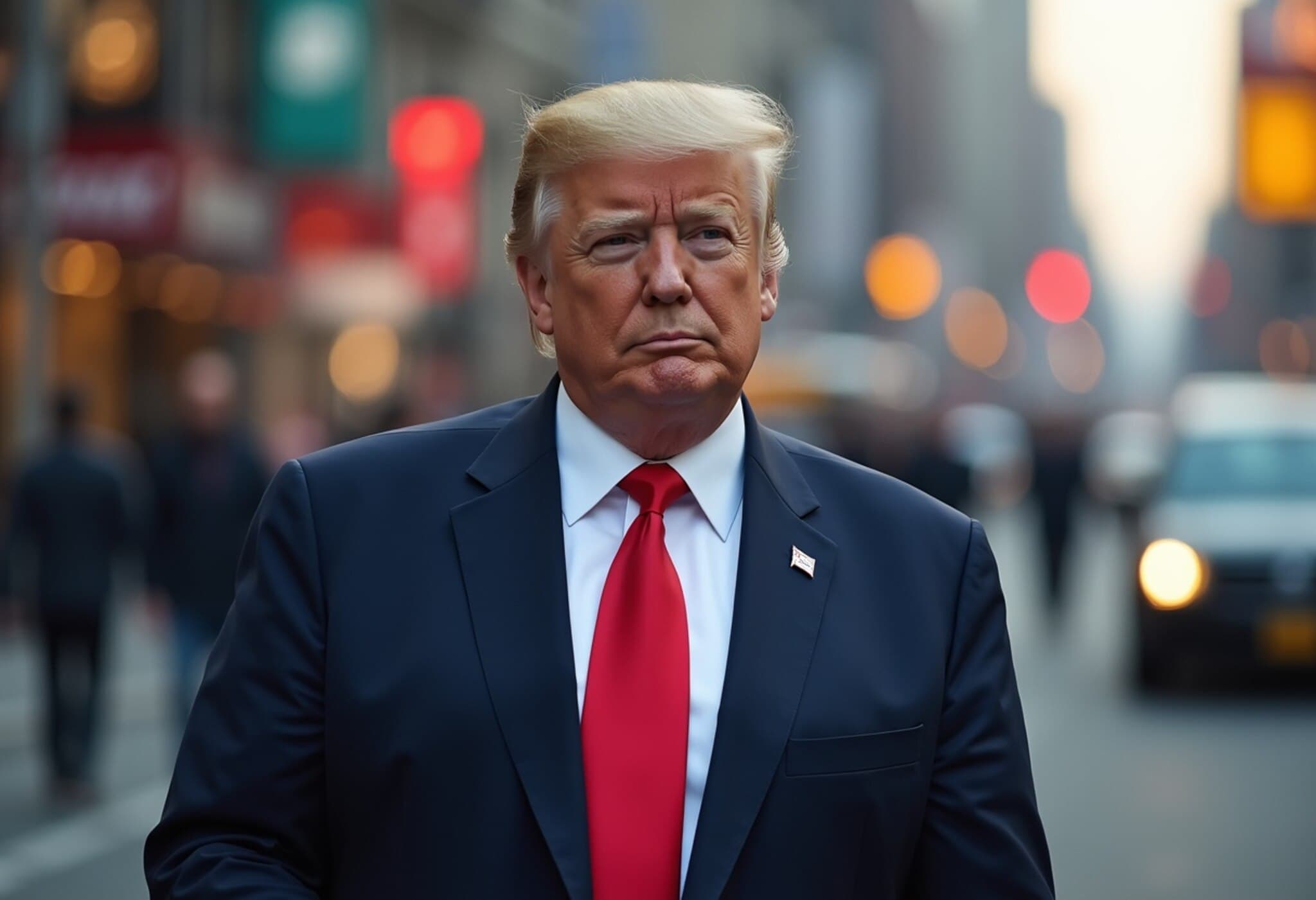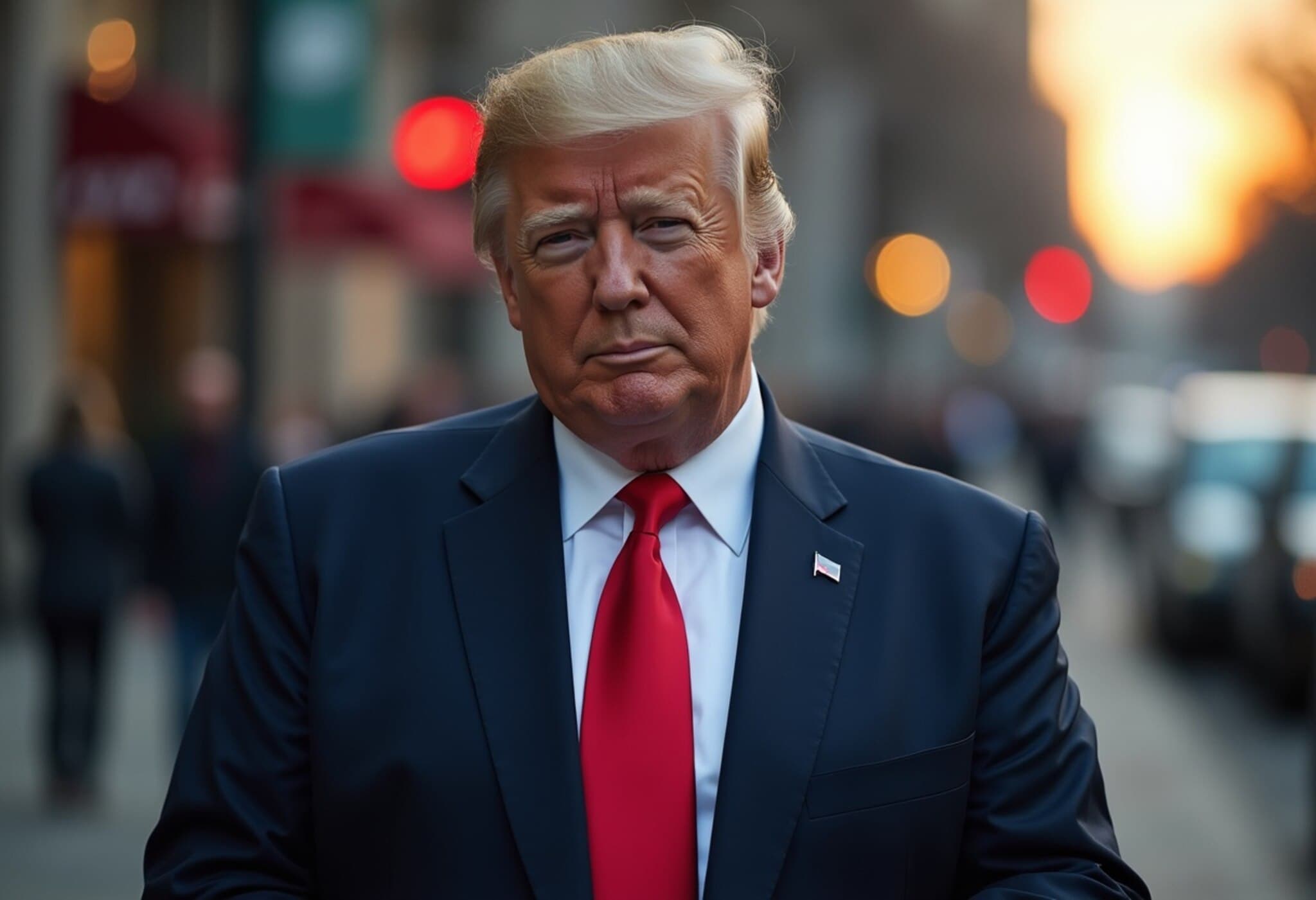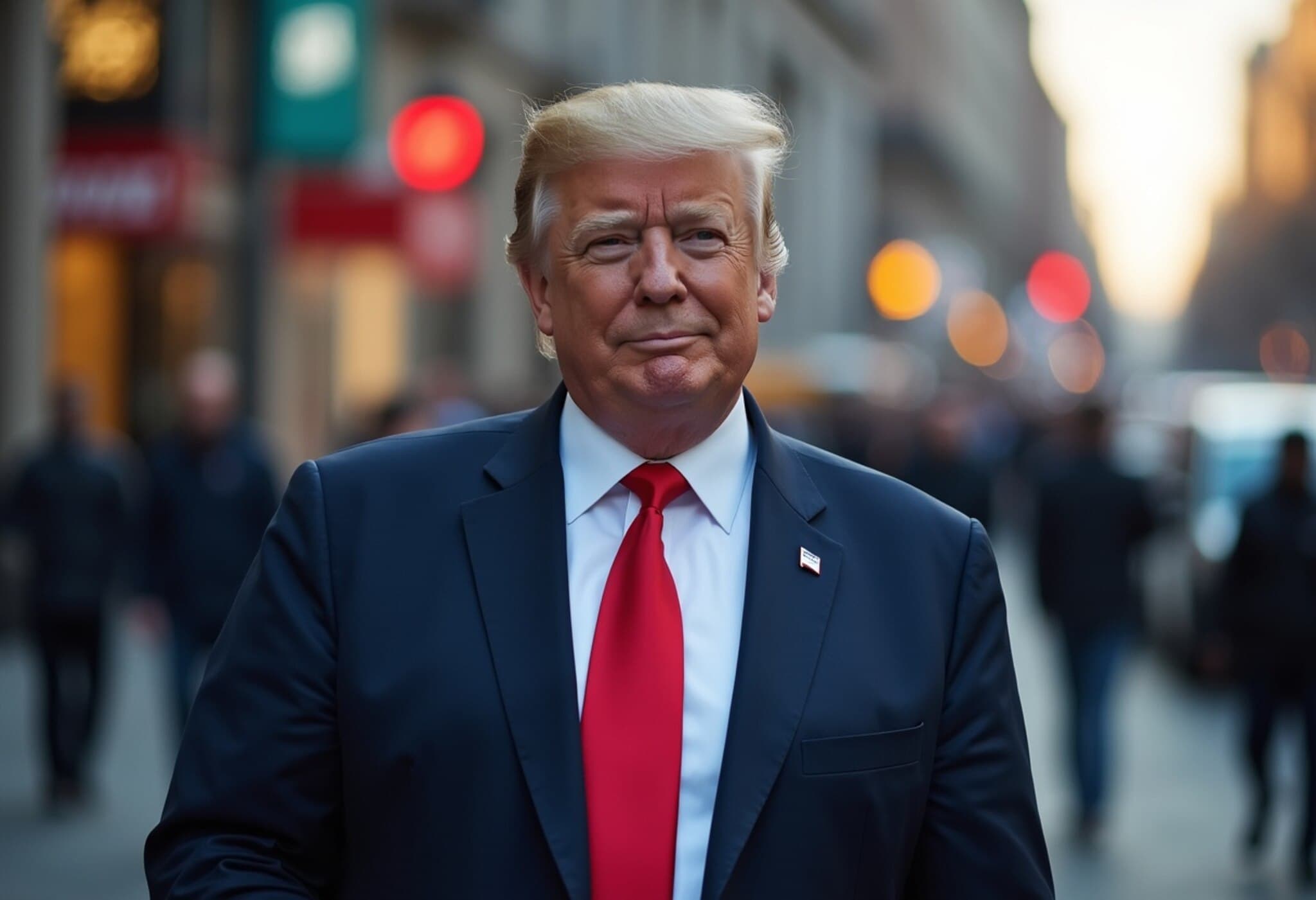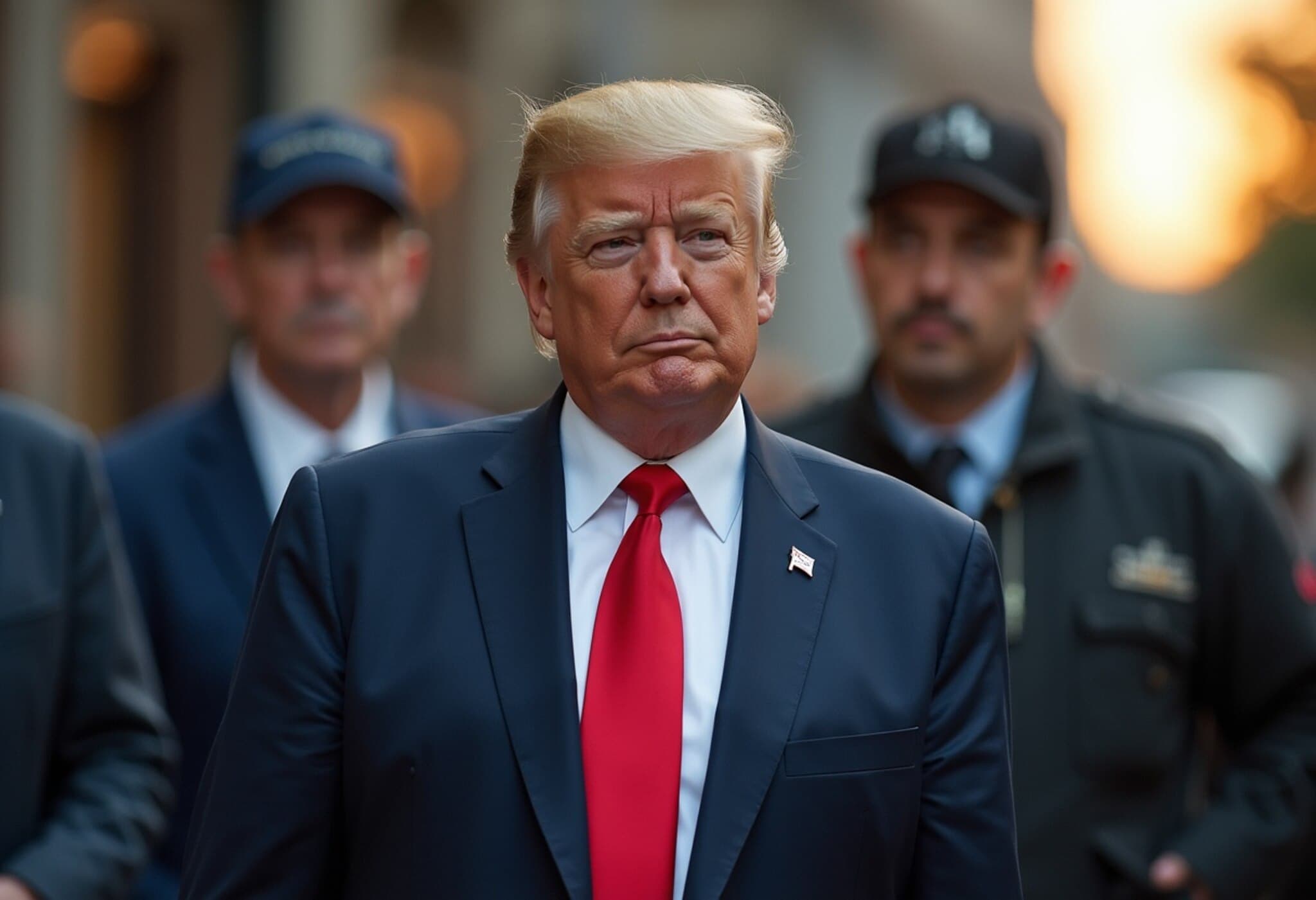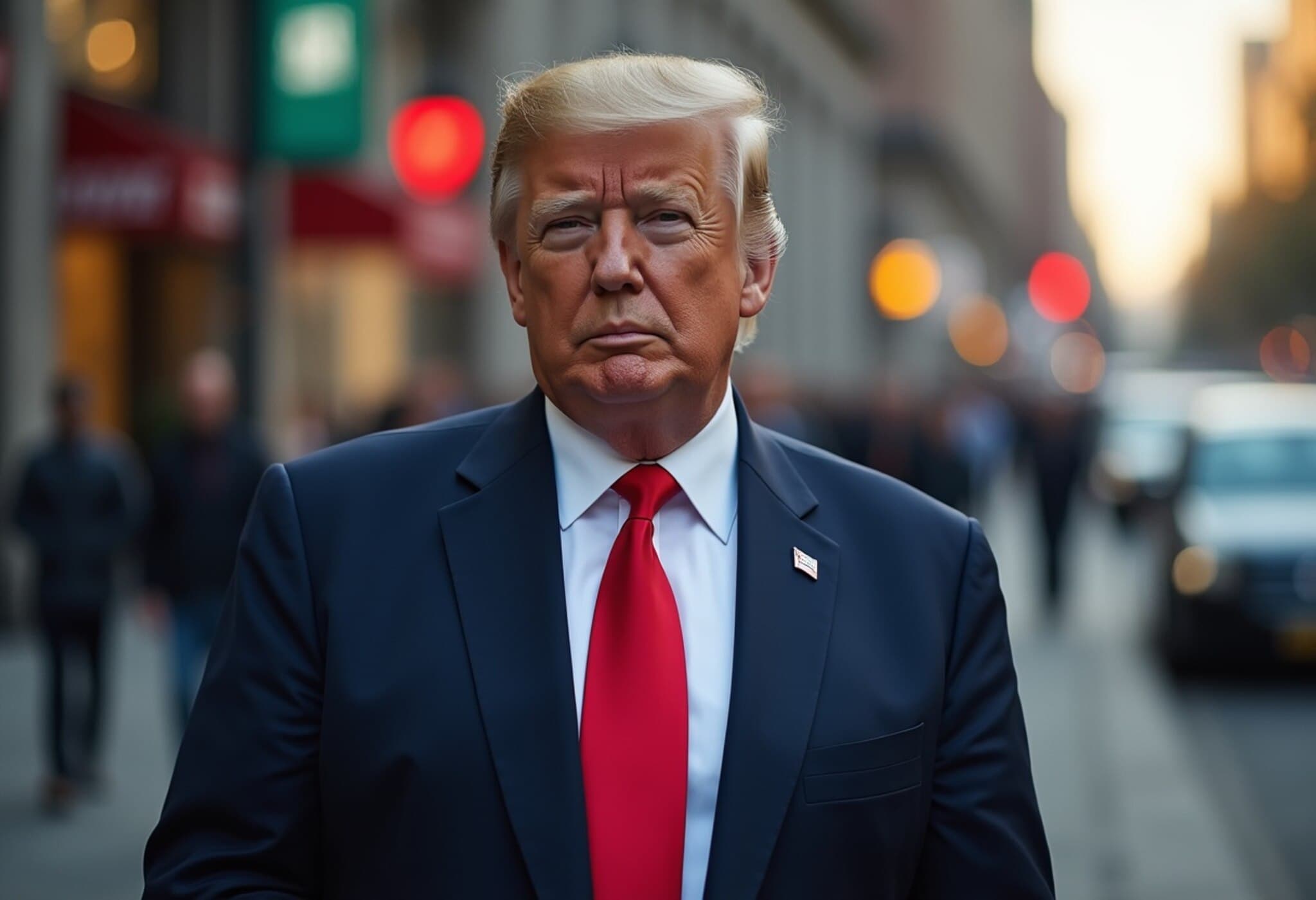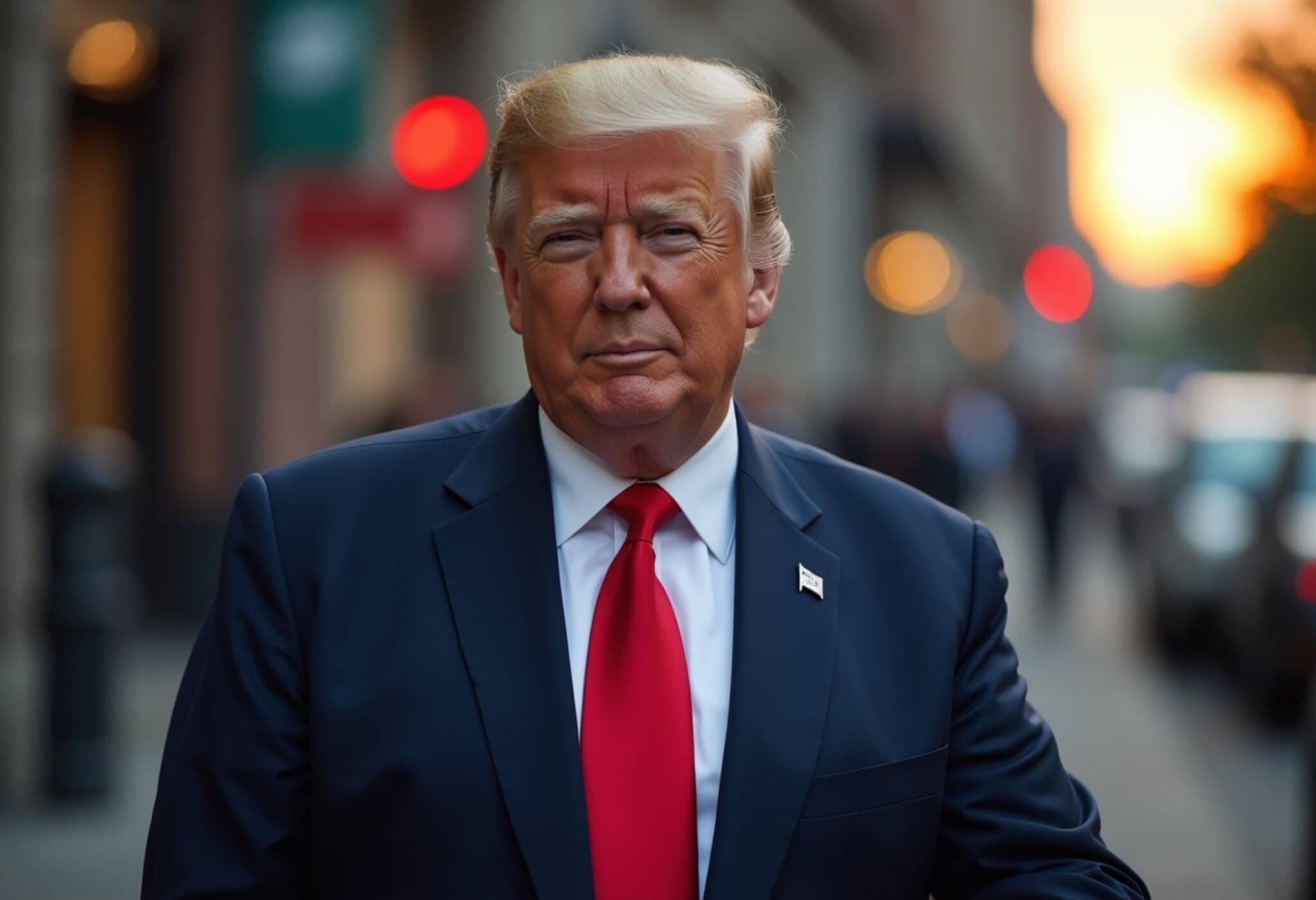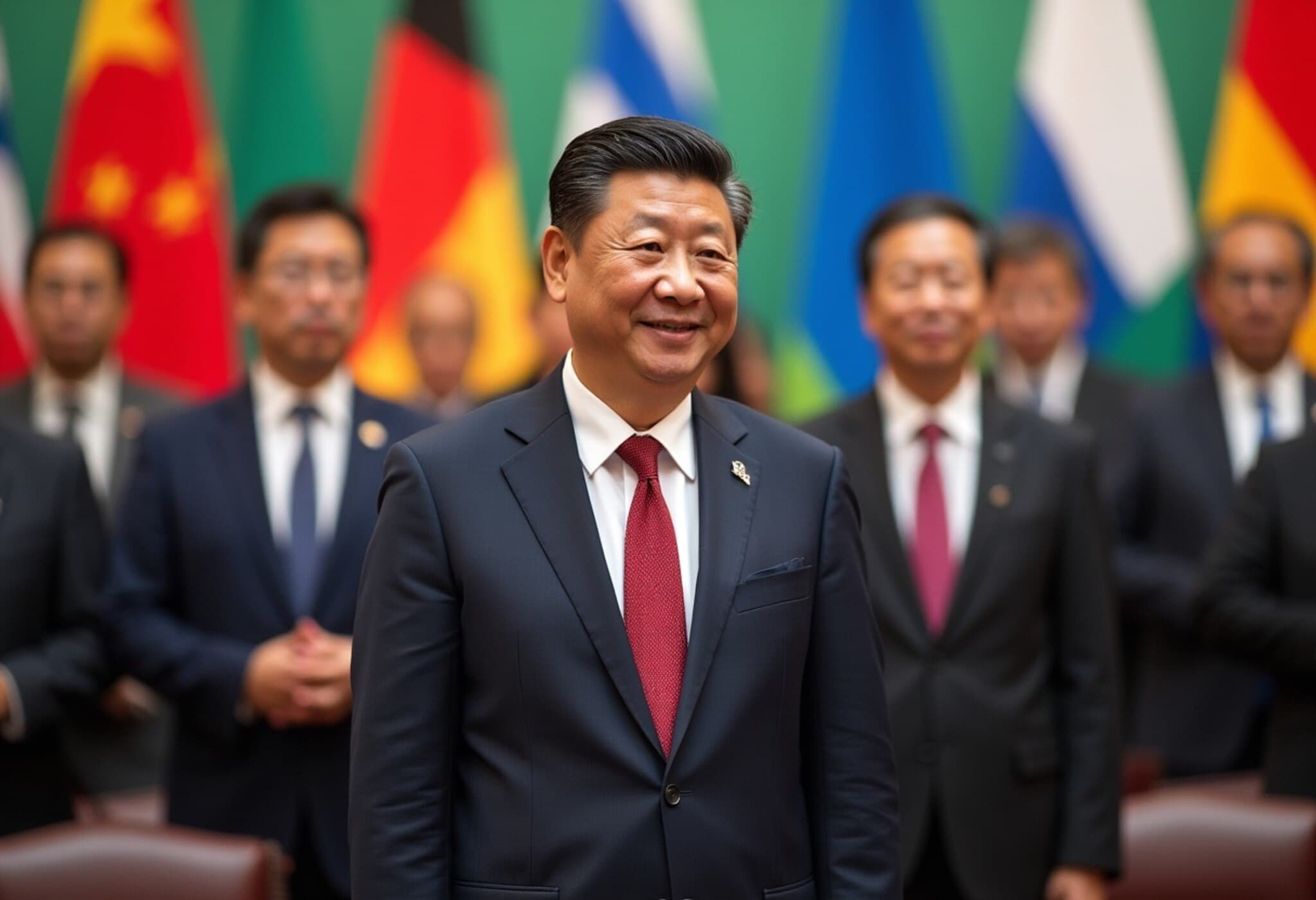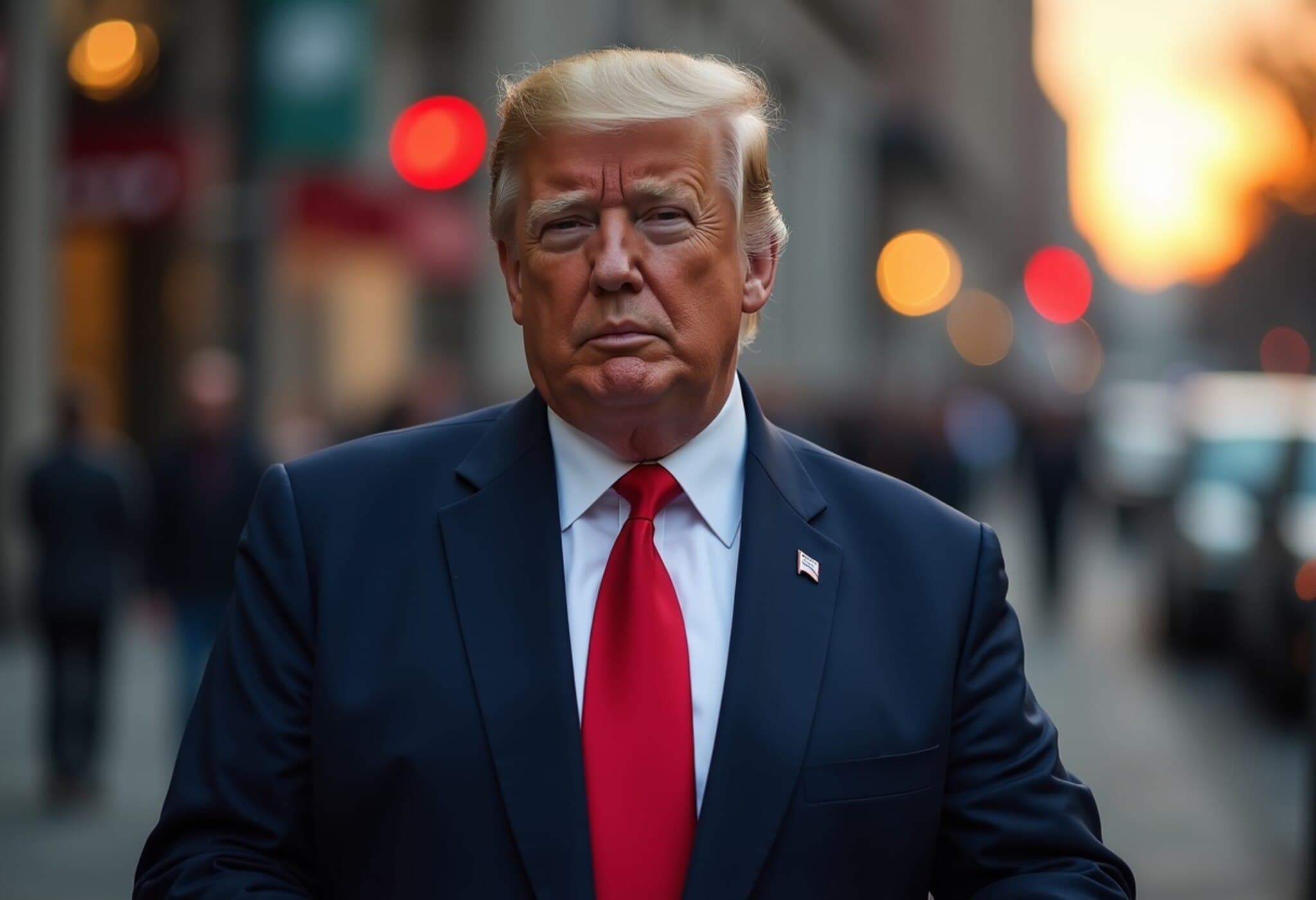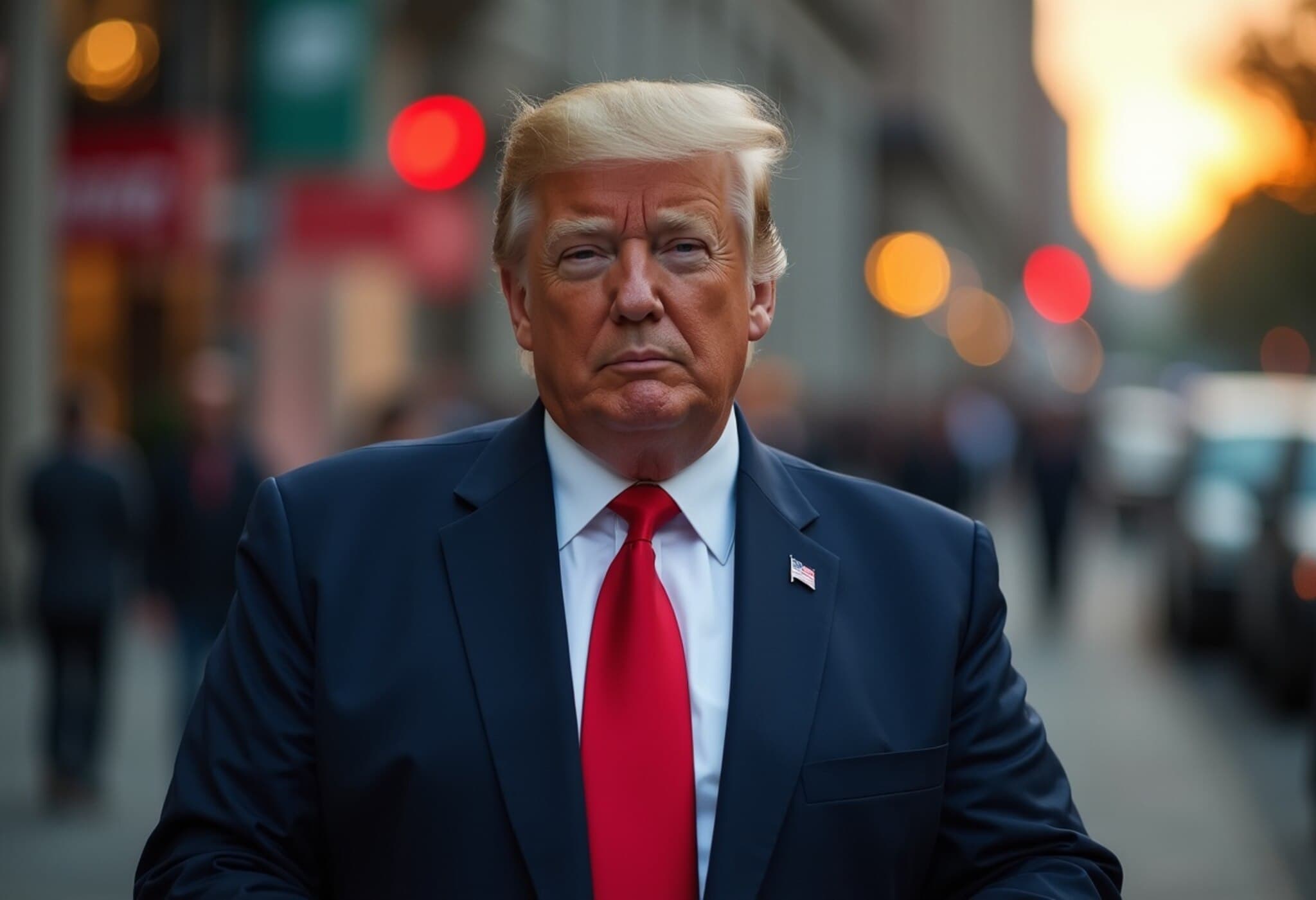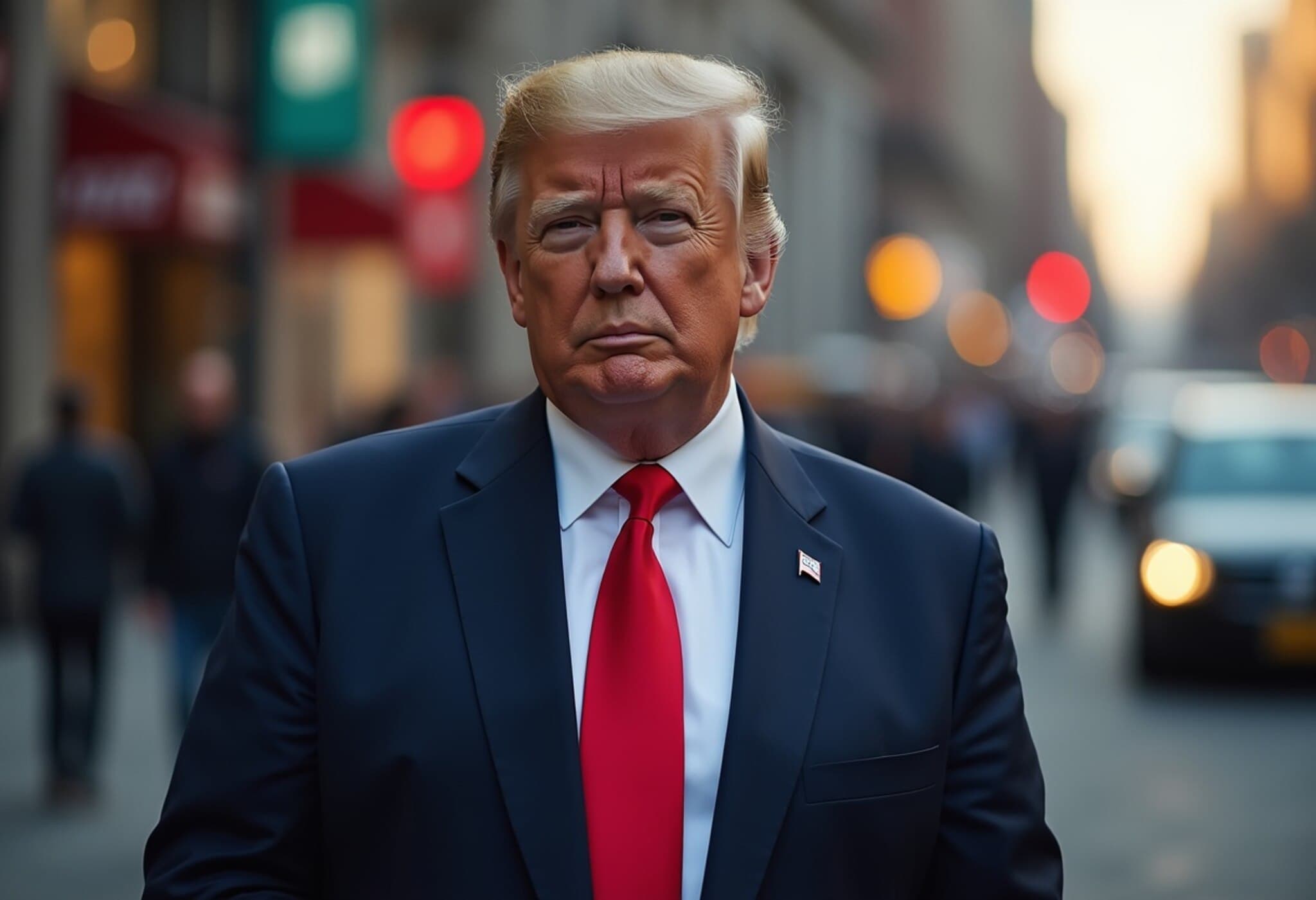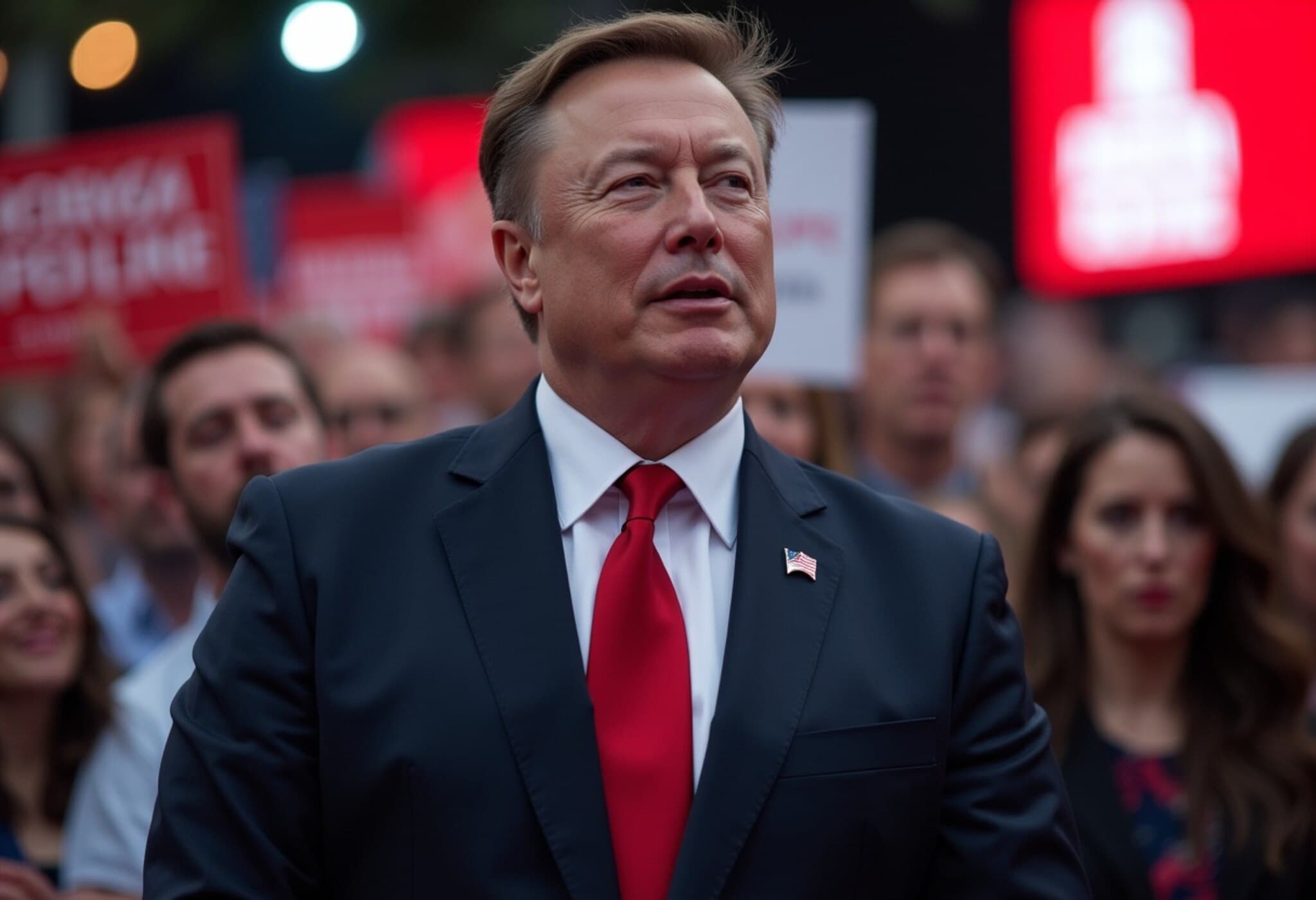US Tariffs Set to Rise on August 1 Amid Promises of New Trade Agreements
President Donald Trump announced that the United States is on the verge of finalizing several trade deals with key partners, signaling an imminent shift in America’s trade policies. By July 9, the US plans to notify multiple countries about increased tariff rates, which are scheduled to take effect from August 1, 2025, marking a critical moment in ongoing international trade negotiations.
Background: The Tariff Timeline and Its Global Impact
Earlier this year, in April, the Trump administration introduced a baseline tariff of 10% on numerous imports from trade partners, with plans to escalate some duties up to 50%. However, widespread global financial concerns prompted a delay for tariffs exceeding 10%, pushing the new effective date from July 9 to August 1, granting a three-week window for negotiations.
Commerce Secretary Howard Lutnick emphasized that the tariffs’ final rates and agreements are still under active negotiation, with President Trump personally overseeing the adjustments. ‘‘The increased tariffs will come into force on August 1,’’ Lutnick confirmed, reflecting Washington’s firm stance but also a willingness to secure beneficial trade deals.
Trump’s Direct Approach to Trade Negotiations
Speaking aboard Air Force One on July 4, President Trump underscored a pragmatic and no-nonsense attitude: sending tariff increase notifications to trading countries directly rather than prolonged negotiations. ‘‘This is what you have to pay if you want to do business with the United States,’’ Trump stated, highlighting his administration’s strategy to leverage tariffs as both a bargaining chip and a mechanism to protect American economic interests.
Trade Deals Progress and Temporary Adjustments
So far, the Trump administration has successfully negotiated trade agreements with the United Kingdom and Vietnam. Additionally, a mutual decision with China led to a temporary reduction of high tariffs on Chinese goods, indicating a nuanced, if cautious, approach to easing trade tensions.
Expert Commentary: The Broader Economic and Policy Implications
From a policy analyst’s perspective, this phase reflects the complex balancing act of asserting US trade sovereignty while navigating global economic interdependencies. The tariffs serve dual purposes: protecting domestic industries and compelling concessions in trade talks. However, the looming increases also raise concerns about inflationary pressures on American consumers and potential retaliatory measures from trading partners.
Moreover, the three-week grace period before the tariff hike is a strategic window allowing for last-minute diplomatic maneuvering. It creates tension but also opportunity for progress in negotiations. Economic observers note that while these tariffs may strengthen the hand of US negotiators, prolonged trade friction could disrupt global supply chains and increase costs, especially for industries reliant on international inputs.
Underreported Dimensions: The Human and Business Side
What often goes under-discussed is the tangible impact on small and medium-sized enterprises (SMEs) in both importing and exporting nations. SMEs frequently bear the brunt of tariff-related cost increases, lacking the financial buffer of larger corporations. How these tariff escalations affect jobs and consumer prices in everyday America is a crucial narrative that demands more attention.
Looking Forward: What to Watch
- Whether the announced trade deals can withstand the August 1 tariff deadline without further escalations.
- The US government’s next steps in terms of notifications and potential retaliatory responses.
- Economic indicators that might reflect early signs of inflation due to tariff increases.
- The evolving dynamics of US-China trade relations amid these temporary tariff relief measures.
Editor’s Note
As the August 1 deadline approaches, understanding the interplay between tariff impositions and trade negotiations is central to grasping the future of US economic policy. While tariffs offer leverage, they are a double-edged sword with real consequences for consumers, businesses, and global markets alike. Readers should watch closely how these policies unfold, what compromises emerge, and how they ripple through both American and international economies.

